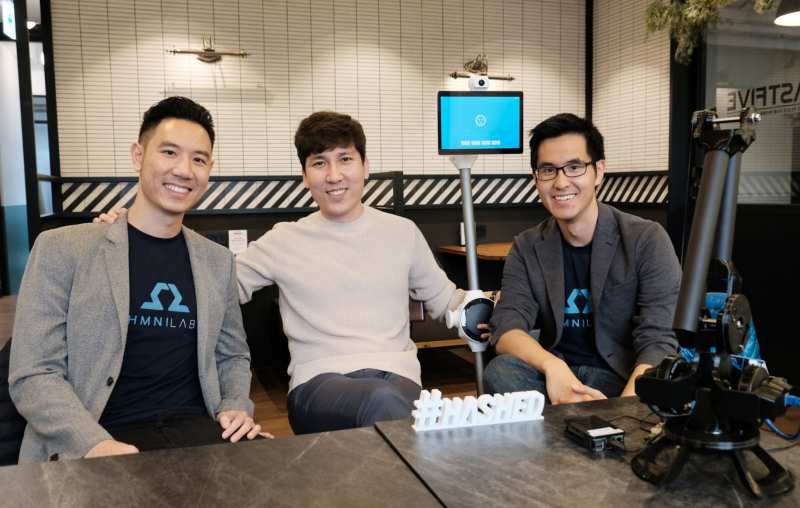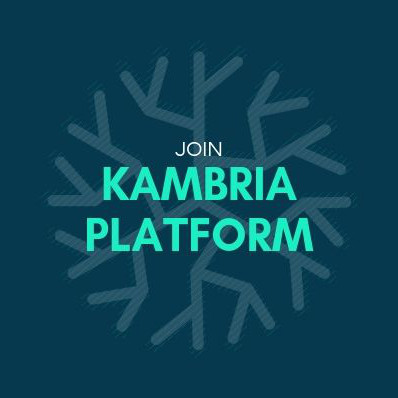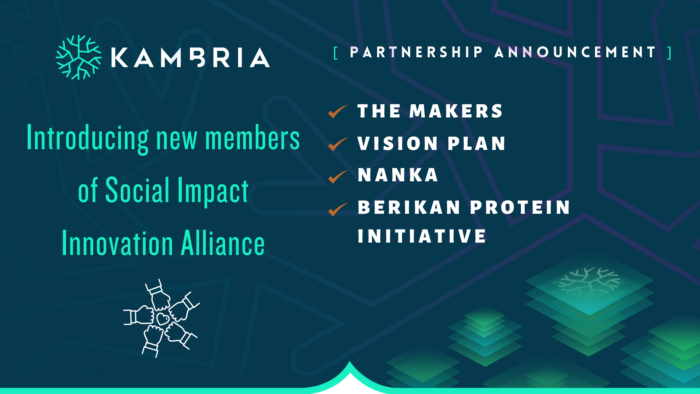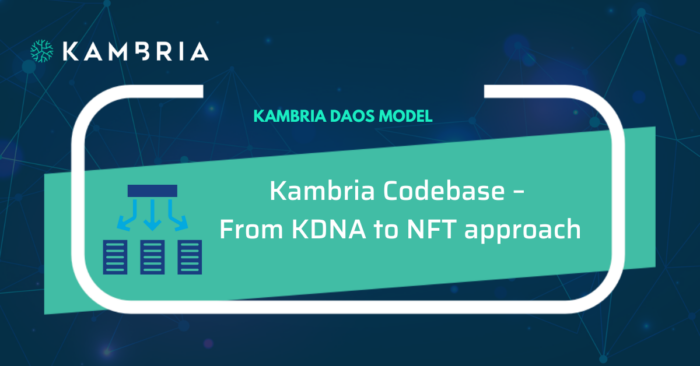A well-known Vietnamese publication, TienDienTu.org, recently featured Kambria CEO and Co-founder, Dr. Thuc Vu, by publishing this insightful article about Thuc’s passion for technology and his vision for Kambria. Below is the English translation.
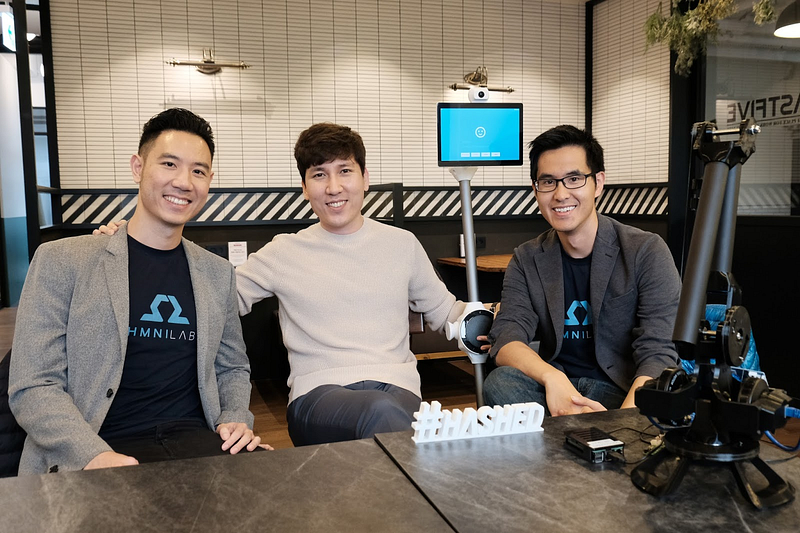
Despite the market decline in 2018, many projects have been launched with the goal of changing the face of traditional industry with blockchain technology, among them Kambria. Kambria is a project that is creating excitement in the cryptocurrency community, especially in Vietnam. The reason is that it was founded by Dr. Thuc Vu, a well-known Vietnamese talent who has many years of experience in robotics and AI from the Silicon Valley.
With international success at the age of 28, Dr. Thuc Vu is considered a pride of the Vietnamese people, and above all, an inspiration to many young people.
The Life of a Technology Student
At the age of 10, Dr. Thuc Vu showed intense passion for mathematics by spending hours finding the right answer to a math problem. For him, each problem was a journey, and the process of finding the shortest solution among dozens of different ways was exhilarating. Over time, this personality trait led to the opportunity to study at the most prestigious school in Ho Chi Minh City — Ho Chi Minh City High School for the Talented — and then Carnegie Mellon University, one of the most prestigious computer science schools in the United States. Here, he surpassed millions of students from other universities to win North America’s Best Student Award in 2014. More notably, Thuc Vu was the first Vietnamese to win this award.
Due to his passion for technology, Thuc decided to begin his studies at Carnegie Mellon University in the early 1980s. He decided to start a multi-agent system in artificial intelligence — a field in robotics and AI. Thuc published three studies and three scientific papers while still in college. This impressed many universities and Thuc was granted a full Ph.D. scholarship. In 2010, at age 28, he became the youngest Vietnamese ever to receive a Ph.D. from Stanford University.
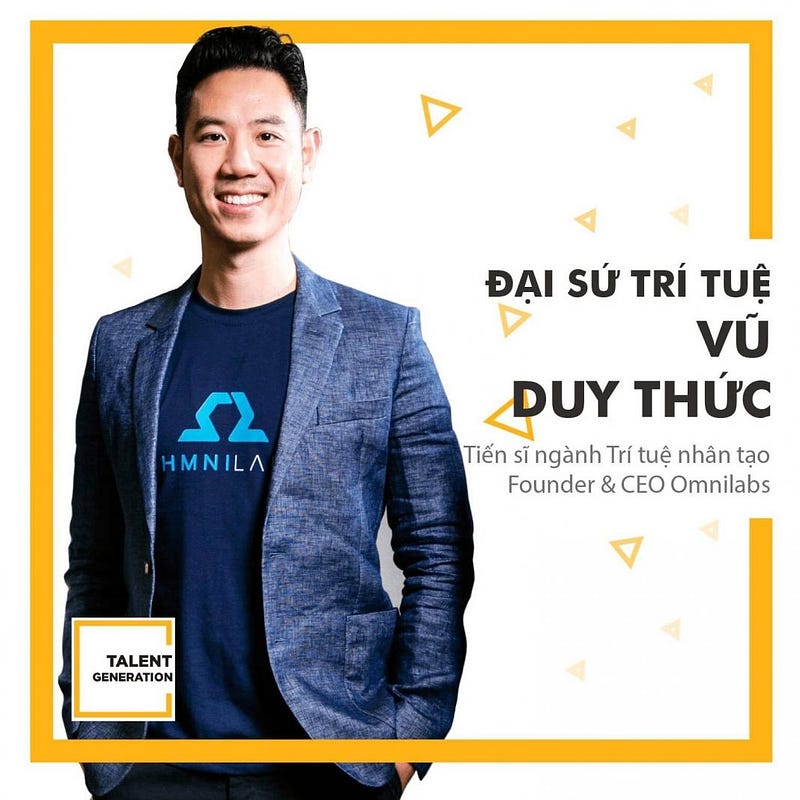
“Each person has a different definition of success and happiness. I personally think that success is bringing value to many people in a meaningful and sustainable way. “- Dr. Thuc Vu
With this in mind, Thuc Vu developed the Kantago project while attending the Ph.D. program. Katango is an AI application platform for analyzing user relationships on social networks. The startup received a $5 million investment from Kleiner Perkins. After being acquired by Google in late 2011, Thuc joined the Google+ and Android development teams. Thanks to his experience in research and start-up, he has continued to contribute to the development of other startups such as:
- Tappy: social networking site sold to Weeby.co
- KnightScope: a startup robot in the US
- ELSA: English pronunciation app with AI technology
- Umbala: A video chat application that was very popular in Europe
- OhmniLabs: interactive, remote robot called Ohmni

Most of all, what makes young Vietnamese fans of Thuc Vu are his dedication and love for his country. As noted, he established the Vietseeds Foundation, which provides scholarships to support tuition and a living allowance for disadvantaged students. After five years of operation, hundreds of scholarships have been awarded, and many students have achieved good academic results, as well as won international awards or scholarships to study abroad.
Kambria’s Vision of AI and Robotics

Over the years, robots have been constantly evolving and gradually replacing human positions in many industries. In 2016, the total market value of the robotics economy and automation reached $ 40 billion. According to a recent study, the market is poised for double-digit annual growth in the future and could reach $135 billion in 2019. But despite their strong influence, robots have not yet been widely adopted in the home, and the process of creating affordable robots is slowly evolving. Unfortunately, the traditional development process faces too many difficulties:
1. There is a lack of common interfaces to be able to combine specialists in the areas related to robot fabrication (software, electrical, mechanical)
As we all know, making robots is complex and requires expert knowledge in a variety of areas, or a combination of experts in a variety of areas. Accordingly, this requires a common interface to combine these fields.
2. Lack of tools, programming language, and methods to share the design of a robot in the distribution.
The combination of the mechanical, electronic and software industries is an indispensable trend in the robot industry. However, not having the same programming language leads to incompatibility between programmers who cannot share information. Imagine three people who speak three different languages doing the same job; certainly, they will not be able to understand each other and need another person to do the interpreting work for all three.
3. Dependence on manufacturers
The creation of the actual products depends entirely on the manufacturers. However, the link between the programmer and the current manufacturer is very weak, leading to difficulties in the production of new products.
4. The application of robotics is slow, expensive and difficult to implement
Currently, funding is only available for large-scale projects, while the development of new projects lacks support.
5. Wasting resources and data
Robotics development information is not generally shared, which increases the cost, time and manpower needed on each project for the same construction. Therefore, standard and practical guidelines should be developed so that manufacturers and users can capture and process all data from the beginning to the end.
Through the Kambria protocol, the founders believe that promoting an open, decentralized, collaborative ecosystem and allowing people to share knowledge will create a real revolution. Companies can benefit from community contributions to build custom applications without having to hire experts in the field. And users can own more advanced technology products and services, thereby improving the quality of life and practical experience. At some point, the robot will be seen as a human friend, able to share and support in the most ordinary work of the family.
Conclusion
The age of the robot and AI technology is around the corner. And with the experience that Dr. Vu and his team have accumulated, we fully believe this project will make great breakthroughs for the robotics industry.
The Kambria Team
Website: https://kambria.io/
Whitepaper: http://bit.ly/2JbuET7
Telegram (ENG): https://t.me/kambriaofficial
Telegram (KOR): https://t.me/KambriaKorea
Telegram (VIE): https://t.me/KambriaVietnam
Telegram (CHN): https://t.me/KambriaChina
Twitter: https://twitter.com/KambriaNetwork
Facebook Page: https://facebook.com/KambriaNetwork
Facebook Group: https://www.facebook.com/groups/kambria/
Discord: https://discord.gg/rjqDSdC
Reddit: https://www.reddit.com/r/KambriaOfficial/
Medium (ENG): https://medium.com/kambria-network
Medium (CHN): https://Medium.com/kambriachina
Steemit: https://steemit.com/@kambrianetwork
Discord: https://discord.gg/pKzbZK8
Instagram: https://www.instagram.com/kambrianetwork/
Weibo (CHN): https://www.weibo.com/kambriachina
Email: info@kambria.io
KAT is sold to be used on the Kambria platform.
